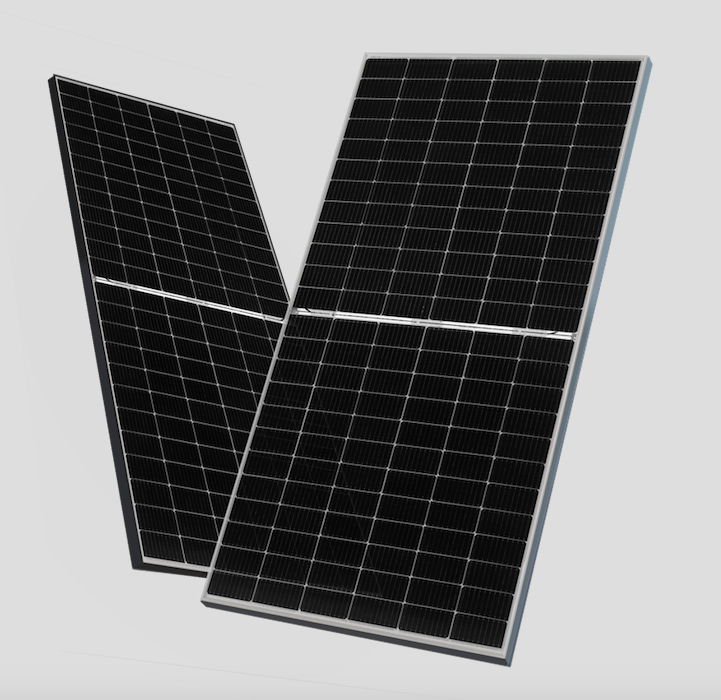
Increasing non-module costs are pushing downstream project developers to choose optimal efficiency modules, where economies can be achieved at the system level. Non-module costs include ‘area-proportional’ elements such as racking, land, construction and transportation and those linked to electronic components that are quoted in terms of power rather than area. Today, the value of module efficiency has become greater, increasing the incentive to adopt higher efficiency and high power products.
In the case of restricted grid interconnection or defined project power capacity, when higher efficiency modules are adopted the required number of modules, land area and ‘area-proportional’ costs are all reduced, meaning that the per-watt spending on area-related items is inversely proportional to module efficiency. For example, a defined 100MW project power capacity needs 169,490 conventional 590W panels but only 165,290 Tiger Neo 605W modules, translating into a 2.5% reduction in the number of panels and significant savings on related BOS as well as subsequent O&M costs, with Tiger Neo panels, with an efficiency of up to 22.3%, helping lower the unit cost (per-watt) of non-module components in a utility PV system.
In the case of a defined land area, when higher efficiency modules are adopted all area-proportional costs are averaged out over more power, so their per-watt value is reduced proportionally. For example, a commercial rooftop space that allows a 10MW deployment of conventional p-PERC modules can be installed with 10.3MW of Tiger Neo modules of the same size. In commercial PV, due to restricted economies of scale, area-proportional and fixed non-module costs are higher. In addition, since the dominant portion of power generated is for on-site consumption, the actual value of power generated depends on the flow of electricity as much as cash, with module efficiency having more value in a commercial scenario.
JinkoSolar’s Tiger Neo 72-cell panel has a power output ranging from 555W to 575W, the 78-cell series offering maximum output of 615W and the 60-cell residential panel available in a 460-480W model. All Tiger Neo modules have an efficiency of over 22%, which is higher than other products currently available on the market, but higher efficiency is not just a simple story about Tiger Neo. In a like-for-like comparison of projects with the same capacity, Tiger Neo modules adopting n-type cell technology generate more power than conventional modules, delivering more power per panel and more kWh per KWp thanks to the advantages of a lower temperature coefficient, lower degradation, extremely low LID and better low light performance, with a higher bifacial factor an additional benefit for bifacial versions. In general, the yield gain of a Tiger Neo system is between 3-5% over its p-PERC counterpart with the same system capacity.

